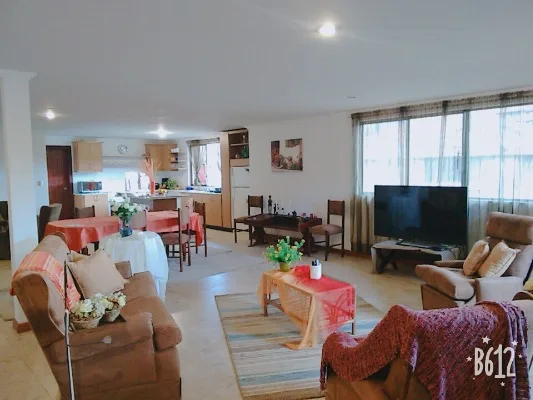Caring for the alpaca in Cañar Province

Editor’s note: This is the first of a two-part series on shearing alpaca I posted in January of 2018. I’ll be back in a couple of weeks.
Alpaca are shy. The rancher, more so. In order to maintain a degree of privacy for my friend and host who invited me to participate in alpaca shearing, I am using a pseudonym for him.
friend and host who invited me to participate in alpaca shearing, I am using a pseudonym for him.
I will call him Shyone.

Shyone arrived in Ecuador in 1980 to do research on his doctoral thesis while volunteering in the Peace Corps. He returned to the University of New Mexico, Albuquerque, in 1982 and stayed just long enough to complete his Ph.D. and fulfill his other academic commitments. He was anxious to return to the high southern Andes, a land that suited him perfectly — a broad-strokes landscape of ever swaying páramo grassland protecting a biodiversity of life as varied as there are people, and often-times more interesting.

In 1984 Shyone began raising alpaca on 4,400-acres of montane evergreen forest and páramo that he had purchased in the Cañar Province highlands, just south of Sangay National Park.

The ranch is remote. For 20 of the last 34 years, it was accessible only by foot or horseback — a messy slog that took almost three hours of crossing creeks and streams while climbing to a breathless 13,000 feet. For the last dozen years or so, there has been what is laughingly called a “road” to the ranch, but it seems more suitable for use as an occasional creek bed, or a washboard for the clothes of giants.

Shyone drove us to his spread via the only suitable vehicle, a 4×4 pick up outfitted with a shovel, sand, an ax, and the essential block and tackle gear occasionally required to pull you through rough spots. When we finally arrived at the ranch, I sighed in relief, stretched my poor cramped muscles as best as I could, and then spent the better part of an hour wondering where my spleen had jiggled to and how to put it back where it belonged.

I’d prefer to be writing about wrestling feisty alpaca to the ground and shearing ’em with my obsidian blade, but I’m just not up to lying right now. I know, I know. I must be coming down with the flu, or somethin’, and I’d sure like to get well soon so I can tell this story in the manner it deserves. Meanwhile, I will simply leave you with this; I sheared only one alpaca — and only a very part of one at that. Wisely, I left the real work to the experts.

I kept busy in my own way, wrapped in fascination as I watched swarthy Cañari ranchhands working like bees on a hive. There was an almost audible hum as their hands blurred in a fuzz of fiber, dust, and twigs, all the while keeping time to the grunts and cries of the alpaca as they were shorn, clipped and examined. Watching was great fun.
Of equal reward was simply to be on the land.

Fifteen hundred years ago, 40,000 people lived in the high Nudo de Azuay, establishing some of the Cañari civilization’s most revered sacred sites. And then, an Incan tsunami dismantled them, destroying nearly every vestige of their culture to guarantee that their gods — gods who the Cañari believed would guide them for eternity — would never return.

Today, only 500 people remain in the area.
The Incas ruled the area for less than 50 years before the Spanish conquistadors arrived, sending the Inca gods into oblivion like the Cañari gods before them. What remains is hand-me-down memories: worn terraces, broken pot shards, and a forever-wind blowing over a landscape with ancient furrowed rows that read like a chord chart.

I am deeply moved to be on this ancient hallowed land. I want to see through ancient eyes the emerald waves of páramo grassland, I want to whistle the music of the eternal wind, to read the ancient sheet music terraces, and to hear the peal of carillons composed of stone and grass and strung with air. I want to be warmed by glowing embers and eat sardines in rice and drink sweet coffee. I want to watch the eternity of alpaca grazing quietly and hear the resigned bleating of those being shorn. I want to feel the bracing morning cold and taste freshly drawn water. I want to dine on sheep cheese and fruit brought up from the lowlands. I want to remember every moment and every bird call.
And, most of all, I want every blade of grass, tree, shrub, and stone that was ever abused to be returned to their rightful place with their heritage made whole, and their dignity restored. Now and forevermore.
Stuart “Shyone” White is a founding member of Fundacion Corrdilera Tropical (FCT), An environmental NGO based in Cuenca. FCT has worked for the last 19 years to protect wild habitats and restore degraded ones in the Nudo del Azuay, a collection of upper Amazon watersheds to the northeast of Cuenca. FCT builds bridges between residents of the agricultural frontier and the needs of Ecuador (and the planet) to limit the extinction event underway.



















